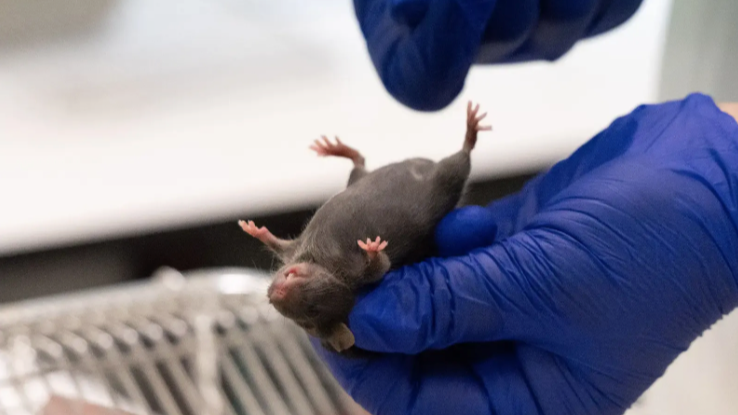Stripping down bacterial armour: a new way to fight anthrax
- Ana Barros
- Feb 5, 2020
- 1 min read
Research scientists in Belgium have found a new method to treat anthrax disease in infected mice, raising hope for new effective treatments for humans.
Scientists at the VIB-VUB Center for Structural Biology, Brussels, have applied Nanobodies® - small antibody fragments – to study the structure and control the development of the protein that forms a protective armour around the anthrax bacterium.
The study results show that mice infected with B. anthracis all recovered from lethal anthrax when treated with Nanobodies.
When inhaled or consumed, anthrax spores rapidly develop into a deadly and difficult to treat infection. Although primarily affecting wildlife and livestock animals around the world, people handling or consuming contaminated animal products can develop life-threatening skin and gastrointestinal anthrax disease.
Han Remaut, co-scientific director of the VUB-VIB Center for Structural Biology: “Our immune system works hard to kill and remove invasive bacteria. However, several pathogenic bacteria have found ways to evade the immune system and cause serious disease. Through in vitro testing we have shown that our new approach severely weakened the anthrax causing bacterium. But whether this would have significant therapeutic effects in an actual infection could only be tested in a live animal. The experiments we performed in a very small number of mice prove that our approach merits to be further pursued in search of new treatments for certain bacterial infections.”




